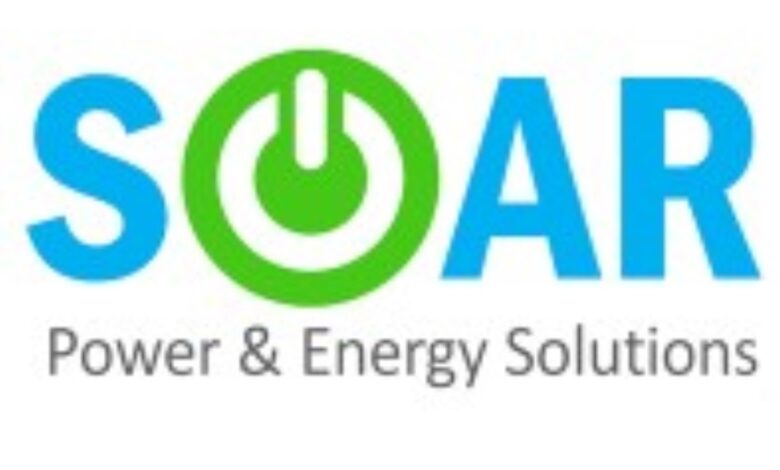Mastering Cybersecurity: How SOAR Technologies Elevate Defense Strategies

In today’s digital landscape, cybersecurity is paramount. With the ever-increasing sophistication of cyber threats, organizations are constantly seeking innovative solutions to bolster their defense strategies. One such solution gaining prominence is Security Orchestration, Automation, and Response (SOAR) technologies. In this article, we will delve into the basics of SOAR and explore how it revolutionizes cybersecurity defense strategies.
Understanding SOAR Technologies
SOAR technologies integrate security orchestration, automation, and response capabilities into a single platform. Let’s break down these components:
1. Security Orchestration: This refers to the coordination and management of security tasks and processes across various security tools and systems. It streamlines workflows, ensuring efficient incident response and resolution.
2. Automation: Automation involves the use of technology to perform tasks and actions without human intervention. In cybersecurity, automation can handle routine tasks such as threat detection, analysis, and containment, freeing up human analysts to focus on more complex issues.
3. Response: Response capabilities enable organizations to take swift and effective action against security incidents. This includes containment, mitigation, and remediation efforts to minimize the impact of cyber threats.
Read also: The Future of Sales: Leveraging Technology With Territory Mapping Software
Elevating Defense Strategies with SOAR
Now, let’s explore how SOAR technologies enhance defense strategies:
1. Improved Efficiency: SOAR platforms automate repetitive tasks, reducing the time and effort required for incident response. By streamlining workflows and integrating with existing security tools, SOAR enhances operational efficiency and enables security teams to respond to threats promptly.
2. Enhanced Visibility: SOAR provides comprehensive visibility into security incidents and threats across the organization. Through centralized dashboards and reporting mechanisms, security teams gain real-time insights into the security posture, enabling proactive threat detection and response.
3.Faster Response Times: Automation plays a crucial role in accelerating response times to security incidents. SOAR platforms can automatically trigger predefined response actions based on predefined playbooks, enabling rapid containment and mitigation of threats before they escalate.
4.Scalability: As organizations grow and evolve, scalability becomes a key consideration in cybersecurity defense strategies. SOAR technologies are designed to scale alongside the organization, allowing seamless integration with new security tools and technologies as needed.
5. Reduced Workload: By automating routine tasks and processes, SOAR technologies alleviate the burden on security teams. This allows analysts to focus on high-priority tasks such as threat hunting, intelligence analysis, and strategy development, thereby increasing overall effectiveness.
6. Adaptive Defense: SOAR platforms leverage machine learning and artificial intelligence capabilities to adapt to evolving threats. By analyzing historical data and security trends, SOAR systems can continuously optimize response strategies and adapt to new threat vectors in real-time. The integration of SOAR and AI not only enhances detection accuracy but also streamlines the entire response process, making it more efficient and effective.
Implementing SOAR Technologies
While the benefits of SOAR are evident, successful implementation requires careful planning and execution. Here are some key considerations:
1. Assessment of Existing Infrastructure: Before implementing SOAR, organizations should conduct a comprehensive assessment of their existing security infrastructure, including tools, processes, and workflows. This will help identify areas where automation and orchestration can add the most value.
2. Integration with Existing Tools: SOAR platforms should seamlessly integrate with existing security tools and technologies to ensure interoperability and maximize efficiency. Integration capabilities should be a key criterion when selecting a SOAR solution.
3. Customization and Configuration: Every organization has unique security requirements and workflows. It’s essential to customize and configure the SOAR platform to align with the organization’s specific needs and objectives. This may involve developing custom playbooks, workflows, and response actions.
4. Training and Skill Development: Effective utilization of SOAR technologies requires proper training and skill development for security teams. Organizations should invest in training programs to ensure that analysts are proficient in using the SOAR platform and leveraging its capabilities to the fullest.
5. Continuous Improvement: Cyber threats are constantly evolving, and defense strategies must evolve accordingly. Organizations should regularly review and update their SOAR implementations to adapt to new threats, technologies, and best practices.
Conclusion
In conclusion, SOAR technologies represent a significant advancement in cybersecurity defense strategies. By integrating orchestration, automation, and response capabilities into a single platform, SOAR enables organizations to improve efficiency, enhance visibility, and respond to threats more effectively. However, successful implementation requires careful planning, integration, and ongoing optimization. With the right approach, organizations can master cybersecurity and stay ahead of the ever-changing threat landscape.




